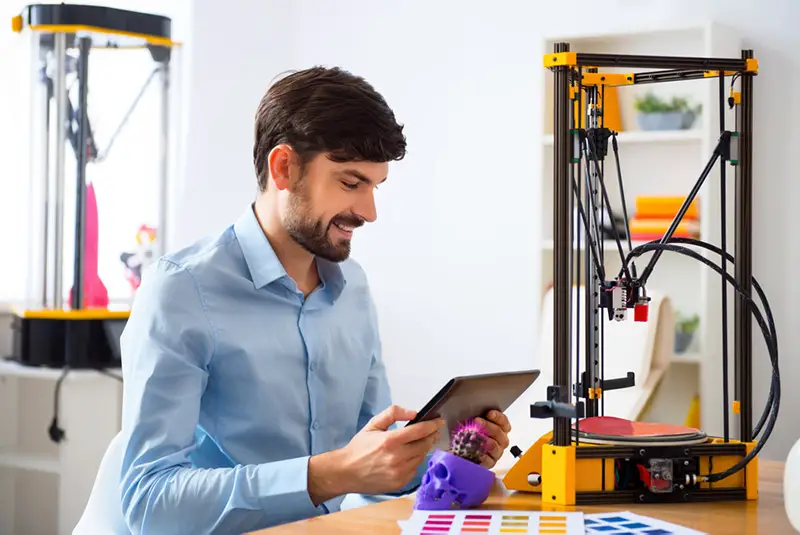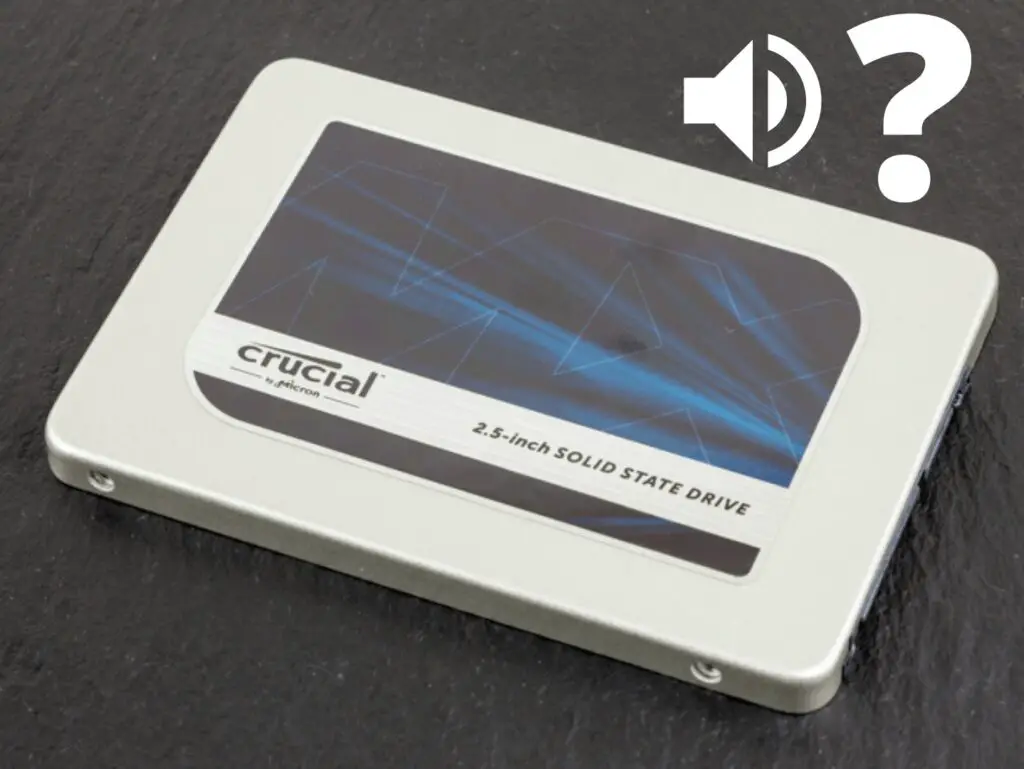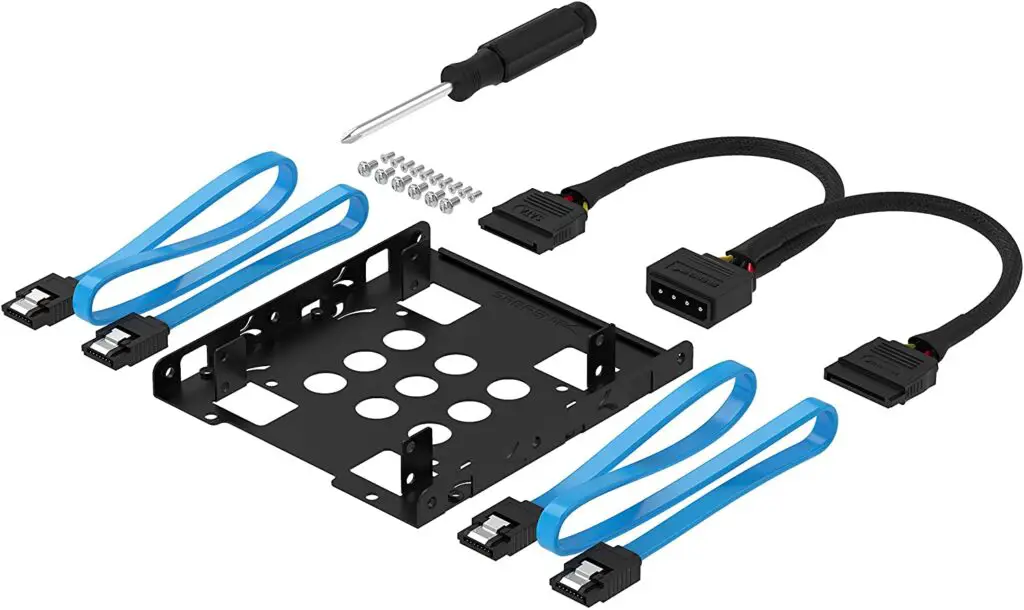3D printing technology has been making waves in various industries, from automotive to healthcare, and it is no surprise that entrepreneurs like you are starting to explore its potential as a profitable business venture.
But the question remains: is a 3D printing business a solid investment for your time and money?
As you dive deeper into the world of 3D printing, you’ll begin to see the countless applications this revolutionary technology has to offer.
From creating custom trinkets and toys to producing high-quality car parts and even entire bridges, the possibilities seem endless.
This versatility may provide you with plenty of opportunities to cater to a wide range of consumer demands and needs in your chosen niche.
Jumping into the 3D printing business might seem daunting, but with the right approach, it can be an exhilarating experience.
It’s environmentally efficient and known for producing zero waste, making it a sustainable choice compared to traditional manufacturing methods.
So, as you venture into this captivating world, prepare to be amazed at the innovative solutions you can create and the positive impact you can make in the industry.
Table of Contents

Is there a Demand for 3D Printing?
Yes, there’s a growing demand for 3D printing in various sectors.
The 3D printing market is predicted to grow 30% per year to 2026, and it is estimated that there are over 422,000 working 3D printers in the USA.
Countries like the USA, UK, France, Germany, and China are increasingly adopting this technology.
One of the reasons behind the rising demand is the extensive range of applications that 3D printing offers.
Industries like automotive, aerospace, healthcare, and construction are harnessing the potential of 3D printing to create innovative products.
In the medical field, for example, 3D printing has become an essential tool for creating prosthetics, customized implants, and even organ tissues.
In construction and architecture, it has made it possible to build complex models and structures with increased speed and precision.
Another reason driving this demand is the emergence of on-demand manufacturing. 3D printing enables companies to offer their customers personalized products and rapid prototyping services.
This has led to a surge in on-demand 3D printing services, making it easy for consumers to have access to sophisticated technologies.
3D printing is not just for big businesses, though. With more affordable and user-friendly printers available now, many hobbyists and entrepreneurs are entering the space, further fueling interest in the technology.
To sum up, there’s a growing demand for 3D printing in different industries and areas of interest.
As the technology continues to advance, you can expect to see even more unique applications and exciting opportunities in the future.
What is the Profit Margin on 3D Printing?
3D printing can be a profitable business venture, though the profit margin may vary depending on the niche you serve.
Generally, when producing items for personal use, your profit margin could be lower due to consumers’ preference for more affordable options.
This might lead to barely covering the cost of labor and materials. However, if you specialize in a specific in-demand niche, the profitability can be considerably higher.
In fact, the global 3D printing market has been expanding rapidly and is projected to grow at a compound annual growth rate (CAGR) of 23.3% from 2023 to 2030.
This promising growth rate suggests that there are numerous opportunities for lucrative niches within the diverse 3D printing market.
A well-optimized 3D printing business can achieve a profit margin of around 80% after accounting for the cost of supplies.
For example, if you manage to sell five prints per week while working from home, your annual earnings could reach up to $130,000, resulting in a profit of more than $100,000 with an 80% margin.
However, it’s essential to remember that the initial investment required for starting a 3D printing business may vary. 3D printers can range in price from $200 to $150,000, depending on the technology used for specific applications.
In summary, while 3D printing businesses can achieve impressive profit margins, it’s important to recognize the potential challenges and initial expenses.
By identifying your target market, optimizing your operations, and minimizing production costs, you can significantly improve your profit margin in the 3D printing business.
Is 3D Printing Profitable in 2023?
The 3D printing industry has been growing steadily over the years, offering numerous opportunities for businesses.
In 2023, the potential for profitability is still quite promising, especially if you’re considering entering this market.
One key to a successful 3D printing business is identifying the right niche. There is high demand for a variety of applications, from prototyping to manufacturing custom parts.
With the right approach, you can cater to your target market and grow your business.
Apart from identifying your niche, having a good understanding of your production costs and pricing strategy is essential to stay competitive and maintain healthy profit margins.
It’s crucial to consider factors such as material costs, printer maintenance, and the value of your time.
Additionally, staying updated on new 3D printing trends can help ensure the sustainability of your business.
By focusing on efficiency and offering high-quality products, you can increase customer satisfaction and secure repeat business.
The growth in the 3D printing market further supports the potential for profitability in 2023, as more industries adopt the technology.
So, as you embark on your 3D printing journey, remember to keep a clear focus on your target market, production costs, and product quality.
By doing so, you can set the foundation for a successful and profitable 3D printing business.
How Much does a 3D Printing Business Make?
In the rapidly growing market of 3D printing, your potential earnings will largely depend on your business model, expertise, and the amount of time and effort you invest.
Some people manage to make an extra $1,000 or $5,000+ per month by taking on projects and providing 3D printing services.
When setting up a 3D printing business, it’s essential to consider startup costs, which may amount to approximately $6,000.
This amount may vary, as not all expenses mentioned are necessary for launching your business. Keep in mind that cost factors may include insurance coverage, marketing expenses, and initial equipment costs.
There are various sectors you can explore within the 3D printing business world, such as offering customized 3D-printed products for consumers.
These products hold high appeal for customers because of their novelty and uniqueness, making it a profitable niche for your business to explore.
Remember, the key to a successful 3D printing business is staying up-to-date with the latest technology advancements and gaining valuable expertise in the field.
By doing so, you’ll be better positioned to seize new opportunities and attract more clients, which will contribute to your overall earnings.
How Much does it Cost to Start a 3D Printing Business?
Starting a 3D printing business can be an exciting and rewarding endeavor. However, it’s essential to understand the costs involved before diving in.
In this section, we’ll discuss the initial expenses you’ll likely face when setting up your 3D printing business.
First and foremost, you’ll need to purchase a high-quality 3D printer. Depending on the size, capabilities, and materials supported, the cost of a printer can range from a few hundred dollars to several thousand dollars.
The average startup cost for a 3D printing business is $27,635, with maximum costs reaching up to $48,547.
Aside from the printer, you’ll also need to invest in materials for printing. The most common material used is PLA, but other materials like ABS, TPU, and PETG are also popular.
Prices for these materials vary depending on the type and quality, but you can expect to spend between $20 and $50 per kilogram.
Another essential expense is software for creating and slicing 3D models.
There are many options available, some of which are free, while others require a paid subscription or a one-time purchase.
Be prepared to allocate a budget for this, as investing in good software will help you create high-quality prints and streamline your workflow.
Additionally, it’s important to consider overhead costs such as rent, utilities, and insurance if you’re planning to have a physical location for your business.
You may also need to spend money on advertising and marketing to attract customers, which might include creating a website, business cards, and social media campaigns.
Lastly, don’t forget the legal aspects of starting a business, such as registering your company, acquiring any necessary permits, and setting up tax accounts.
These costs will differ based on your location and the specific legal requirements in your area.
When planning your 3D printing business, it’s essential to consider all these costs and create a detailed budget to ensure you have a clear understanding of your financial needs.
By being aware of these expenses, you’ll be better prepared for the journey ahead and increase the likelihood of success for your new venture.
Do 3D Printers Cost a Lot to Run?
You might be wondering about the costs involved in running a 3D printer, and whether they make it a viable business option.
Well, let’s dive into some important factors to consider.
First, consider the initial cost of purchasing a 3D printer. Prices for these devices can vary greatly depending on your needs.
You can find DIY kits for around $200, with hobbyist printers priced between $500 and $1,500. Professionals may opt for higher-end models that start around $2,500 and go upwards.
Once you have your printer, it’s time to think about the ongoing expenses involved. The materials needed for 3D printing, known as filaments, come in various types and prices.
Depending on your projects, you may work with cheaper materials like PLA or more advanced types like ABS and TPU.
It’s important to factor in the costs of these materials when calculating expenses.
Electricity consumption should also be on your radar. The energy cost of running a 3D printer at home can vary depending on factors like the power draw of your specific printer, its size, and your local energy prices.
Generally, the cost is not exorbitant, and many enthusiasts find it a reasonable expense for the convenience and productivity offered by in-house 3D printing.
Maintenance is another cost to account for in your 3D printing business. While some printers may be more sturdy and reliable than others, all machines will require occasional upkeep.
This can involve replacing worn-out parts, cleaning, or even upgrading components. Make sure to budget for these occasional costs, as they can help ensure your printer continues running smoothly.
In summary, while there are various expenses associated with running a 3D printer, making informed choices regarding your equipment, materials, and energy consumption can help you manage these costs effectively and potentially allow you to create a successful 3D printing business.
Remember, the key is to manage these expenses effectively while producing high-quality work that keeps your customers happy!
Is 3D Printing a Good Business: Top Takeaways
3D printing is an excellent business choice because it is part of a growing industry with numerous applications.
You can choose a niche that suits your interests, whether designing trinkets, toys, industrial parts, or even chess sets.
With strong marketing and a unique focus, there is plenty of opportunity for success in this industry.
In terms of market growth, the 3D printing industry is predicted to expand by 30% per year until 2026.
Major countries like the USA, UK, France, Germany, and China are embracing this technology, which means there are increasing opportunities to tap into various markets.




